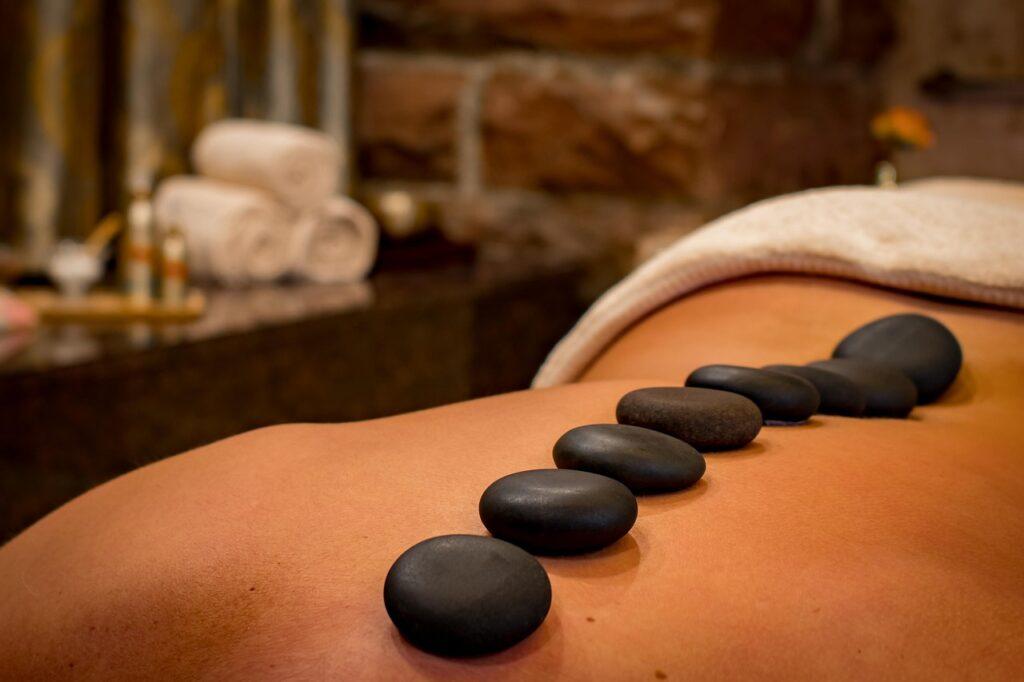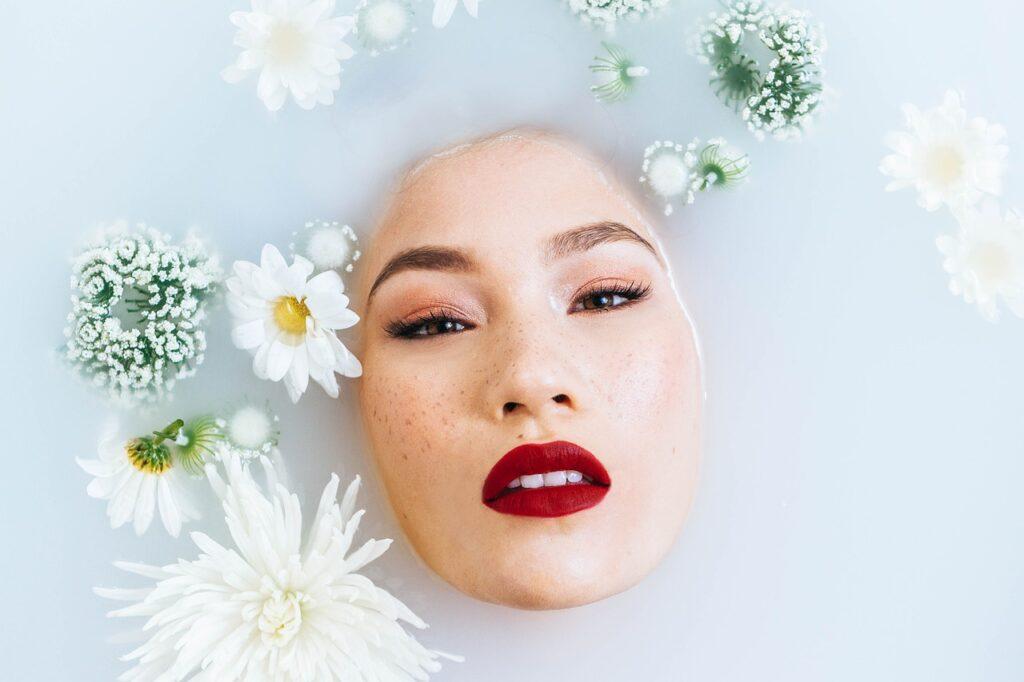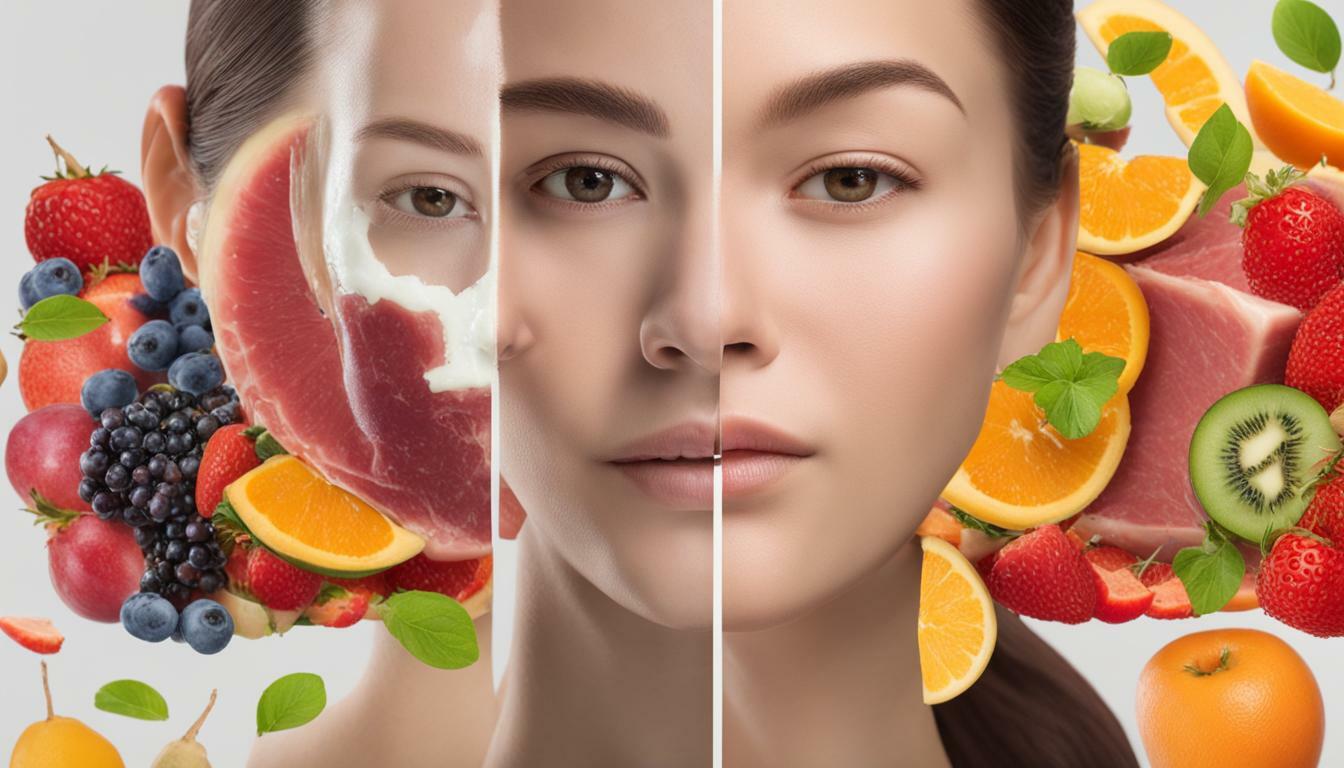So you’ve found yourself dealing with an annoying acne outbreak, and you’re desperate to find a solution. Look no further than this article, where you’ll learn exactly how to apply an acne spot treatment. Whether you’re a teenager facing a pesky zit or an adult battling hormonal breakouts, this step-by-step guide will show you the proper techniques to effectively treat those problem areas. Say goodbye to stubborn pimples and hello to a clearer, smoother complexion. Let’s get started!

Choosing the Right Acne Spot Treatment
When it comes to choosing the right acne spot treatment, it’s essential to understand the different types available in the market. There are various options such as creams, gels, lotions, and even patches. Each type of treatment works differently, so it’s important to consider the severity of your acne and your skin type before making a decision.
Consulting a dermatologist can provide valuable insights into which acne spot treatment would work best for you. A dermatologist will consider your specific skin concerns, such as sensitivity or dryness, and recommend a suitable treatment. They can also guide you on how to integrate the spot treatment into your skincare routine effectively.
Considering Your Skin Type
Before investing in any acne spot treatment, it’s essential to understand your skin type. This knowledge will help you choose a product that caters to your specific needs. If you have oily skin, opt for spot treatments with ingredients like salicylic acid that can effectively control excess oil production. For sensitive skin, look for products that are gentle and formulated with ingredients like benzoyl peroxide or tea tree oil.
Preparing Your Skin for Treatment
To maximize the effectiveness of your acne spot treatment, it’s crucial to properly prepare your skin beforehand. This involves a few simple steps, including cleansing your face, exfoliating your skin, and applying a toner.
Cleansing Your Face
Before applying the spot treatment, it’s essential to cleanse your face thoroughly. Use a gentle cleanser that suits your skin type to remove any dirt, oil, or makeup. Cleansing helps create a clean canvas for the spot treatment to work effectively.
Exfoliating Your Skin
Exfoliation is an important step in preparing your skin for spot treatment. By removing dead skin cells and unclogging your pores, you allow the treatment to penetrate deeper and target the root of the acne. Use a gentle exfoliator or a chemical exfoliant, depending on your skin’s sensitivity.
Applying a Toner
After cleansing and exfoliating, it is beneficial to apply a toner to balance your skin’s pH levels and remove any remaining traces of dirt or oil. A toner can also help in tightening the pores, reducing their appearance, and enhancing the overall effectiveness of the spot treatment.
Applying the Acne Spot Treatment
Once you have prepared your skin, it’s time to apply the acne spot treatment. However, it’s crucial to follow the proper application techniques to ensure maximum effectiveness.
Testing the Product on a Small Area
Before applying the spot treatment all over your face, it’s advisable to test it on a small, inconspicuous area. This step helps determine if you have any allergic reactions or adverse effects to the product. Apply a small amount of the treatment and wait for 24 hours to see if there is any irritation.
Using a Clean Applicator
When applying the spot treatment, it’s important to use a clean applicator, such as a cotton swab or clean fingertips. This ensures that you do not introduce any additional bacteria or dirt to the affected area, which could potentially exacerbate the acne.
Targeting Individual Acne Spots
The key to effective spot treatment is focusing on individual acne spots rather than applying the product all over your face. Using a tiny amount of the product, apply it directly to the acne spot, gently massaging it into the skin. This targeted approach allows for better absorption and concentration of the treatment on the affected area.
Following Proper Application Techniques
Applying an acne spot treatment correctly is just as important as choosing the right product. By following proper application techniques, you can achieve optimal results and minimize the risk of side effects.
Avoiding Overapplication
While it can be tempting to apply a large amount of spot treatment, it’s crucial to resist the urge. Overapplication can lead to dryness, redness, and irritation, which may worsen the appearance of the acne. Use only a small amount and focus on the pimple itself, rather than the surrounding area.
Using a Light Touch
When applying the treatment, be gentle and use a light touch. Avoid rubbing or scrubbing the product into the skin, as this can further irritate the acne and potentially cause scarring. Instead, lightly dab or pat the treatment onto the affected area, allowing it to absorb without any harsh pressure.
Allowing the Product to Dry
After applying the spot treatment, give it sufficient time to dry before moving on to the next step of your skincare routine. This allows the active ingredients to penetrate the skin and effectively target the acne. Patience is key here, so refrain from touching or rubbing the treated area until it is completely dry.

Incorporating Spot Treatment into Your Skincare Routine
To make the most of your acne spot treatment, it’s important to integrate it into your existing skincare routine. This ensures that you address all aspects of your acne-prone skin and maintain a balanced and healthy complexion.
Using Other Acne Treatments
Spot treatments are more effective when used in conjunction with other acne treatments. Consider incorporating cleansers, serums, or moisturizers specifically formulated to target acne into your skincare routine. These additional products can help prevent new breakouts and promote overall skin clarity.
Not Skipping Moisturizer
It’s a common misconception that acne-prone skin does not need moisturization. However, skipping moisturizer can actually worsen acne by dehydrating the skin and triggering excess oil production. Look for oil-free or non-comedogenic moisturizers and apply them after your spot treatment has dried. This helps maintain the skin’s moisture balance and prevent dryness.
Applying Sunscreen
Protecting your skin from harmful UV rays is crucial, even when using acne spot treatments. Many spot treatments contain ingredients that can increase the skin’s sensitivity to the sun, making it more susceptible to sunburns or other sun-related damage. Apply a broad-spectrum sunscreen with an SPF of 30 or higher every morning, ensuring complete coverage for your face.
Handling Potential Side Effects
While acne spot treatments can be incredibly beneficial, it’s important to be aware of potential side effects and how to address them if they occur.
Recognizing Normal Reactions
Some mild side effects, such as slight redness or dryness, can be expected when using spot treatments. However, if these reactions are severe or persistent, it’s important to discontinue use and consult a dermatologist for further guidance. Always pay attention to how your skin reacts and trust your instincts if something doesn’t feel right.
Handling Skin Irritation
If you experience skin irritation from the spot treatment, there are a few steps you can take to alleviate it. First, stop using the treatment and give your skin a break. Apply a gentle, soothing moisturizer to calm the irritation. If needed, consider using over-the-counter hydrocortisone cream or consult a dermatologist for suitable alternatives.
Dealing with Dryness
Spot treatments can sometimes cause dryness, especially if overused or applied to large areas. To combat dryness, incorporate a hydrating serum or moisturizer into your skincare routine. Look for products with ingredients like hyaluronic acid or ceramides, which help restore the skin’s moisture barrier. Avoid using harsh or drying skincare products that can further exacerbate the dryness.

Knowing When to Seek Professional Help
While most acne spot treatments can help improve the appearance of acne, there are situations where professional help is necessary.
Noticing Severe Side Effects
If you experience severe side effects from an acne spot treatment, such as intense redness, swelling, or blistering, it is crucial to seek medical attention immediately. Severe reactions may indicate an allergic or adverse reaction that requires professional intervention.
Persistent or Worsening Acne
If your acne does not respond to over-the-counter spot treatments or shows no improvement after several weeks, it is advisable to consult a dermatologist. They can assess the underlying causes of your acne and recommend prescription medications or alternative treatments to address the issue effectively.
Considering Prescription Medications
In more severe cases of acne, prescription medications may be necessary to achieve the desired results. A dermatologist can prescribe topical creams, oral medications, or even perform in-office treatments like chemical peels or laser therapy to target stubborn acne. Professional guidance is essential in these situations to tailor the treatment to your specific needs.
Tips for Improving the Effectiveness of Acne Spot Treatment
While acne spot treatments can be effective on their own, incorporating these tips into your routine can further enhance their effectiveness and promote clearer skin.
Maintaining Consistency
Consistency is key when using acne spot treatments. Apply the treatment according to the instructions provided and stick to a consistent routine. Regular and diligent use maximizes the treatment’s effectiveness and helps prevent the formation of new acne.
Avoiding Touching or Picking at Acne
As tempting as it may be, avoid touching or picking at your acne spots. Picking at acne can introduce bacteria and potentially lead to infection or scarring. Allow the spot treatment to do its work and let nature take its course in healing the acne.
Keeping Skin Clean
Maintaining a clean environment for your skin is crucial for preventing new breakouts. Wash your face twice a day with a gentle cleanser, and after sweating, to remove any dirt or oil buildup. Also, ensure that you regularly clean makeup brushes or applicators to prevent the transfer of bacteria onto the skin.
Understanding the Limitations of Spot Treatments
While acne spot treatments can be effective, it’s important to understand their limitations to set realistic expectations.
Effectiveness on Different Types of Acne
Spot treatments are most effective on mild to moderate acne, such as whiteheads, blackheads, or small pimples. They may not be as effective on more severe forms of acne, such as cystic acne or nodules. In these cases, a dermatologist may recommend alternative treatments or a combination of therapies for optimal results.
Prevention vs. Treatment
Spot treatments primarily focus on treating existing acne rather than preventing it. They are best used as a targeted treatment when a pimple begins to form or has already appeared. To prevent future breakouts, it’s important to incorporate other preventive measures into your skincare routine, such as regular exfoliation and using products formulated for acne-prone skin.
Avoiding Common Misconceptions
It’s essential to debunk common misconceptions about spot treatments. They are not overnight miracles and may take time to show visible results. Consistent and patient use is key to achieving the desired outcome. Additionally, spot treatments may not completely eliminate acne but can significantly reduce its appearance and speed up the healing process.
Alternative Natural Remedies for Spot Treatment
If you prefer natural remedies or want to explore additional options alongside traditional spot treatments, there are a few alternatives you can consider.
Tea Tree Oil
Tea tree oil is a popular natural remedy for acne treatment due to its antimicrobial properties. Dilute a few drops of tea tree oil with a carrier oil like jojoba or coconut oil and apply it to the affected area with a clean cotton swab. However, as tea tree oil can be drying, it’s important to moisturize your skin appropriately.
Aloe Vera
Aloe vera is known for its soothing and anti-inflammatory properties, making it an excellent natural treatment for acne spots. Apply a small amount of pure aloe vera gel to the acne spots and leave it on for 15-20 minutes before rinsing off with water. Aloe vera can help reduce redness and inflammation while promoting healing.
Honey and Cinnamon Paste
A combination of honey and cinnamon can create a powerful spot treatment due to their antibacterial and anti-inflammatory properties. Mix equal parts of honey and cinnamon powder to form a paste. Apply this mixture to the acne spots and leave it on for 10-15 minutes before rinsing off. This natural remedy can help reduce inflammation and kill bacteria.
In conclusion, choosing the right acne spot treatment requires understanding the different options available and considering your skin type. Preparing your skin by cleansing, exfoliating, and applying a toner sets the stage for effective treatment. When applying the acne spot treatment, proper techniques like testing the product, using clean applicators, and targeting individual acne spots ensure optimal results. Incorporating spot treatment into your skincare routine, handling potential side effects, and knowing when to seek professional help are all important aspects of achieving clear skin. By following these guidelines and incorporating tips for improving effectiveness, you can effectively manage acne spots and maintain a healthy complexion.




